iPhone Air vs. the bend test: can Apple’s slender 5.6mm phone survive? | Infinium-tech
The iPhone Air is the last model that Apple still makes with a titanium frame – this year, professionals switching into aluminum, such as vanilla models (now singular which has gone plus). Why?
The durability is a major concern with a tool that measures only 5.6 mm thick, especially with a large 6.5 “display at the front. This performance is the place where the durability tests of zeririzerizerithing begin.

According to Apple, the new ceramic shield 2 is 3x hard for scratches. According to the new energy label of the European Union, it is above 4 on the previous ceramic shield, 5 on the Mohs scale. Does this mean the display level is scratched above 5? As you can see in the test below, level 6 and level 7 pics barely leave the new glass. Well done apple – or well done corning!
Okay, we are all here to see one thing – will we fold a thin phone like a paper napkin? Despite what you see below, the answer is “not”. The iPhone air proved to be quite harsh and opposed the attempts to bend from Zack’s hand. The poster for YouTube video is the result of disastrous science that likes to zack – he realizes how much force is needed to really bend the wind. The answer can be expressed as “very”.
https://www.youtube.com/watch?v=SQ56ve39L2i
Samsung used aluminum for its Galaxy S25 Edge – it’s slightly thicker than the wind at a 5.8 mm, but has a big 6.5 “display. Check out. Zack video on the edge To see if it also avoids twist testing.
We have an iPhone Air for reviews and have already posted benchmarks and camera samples from the phone – see them. An intense review is in the way, coming soon.





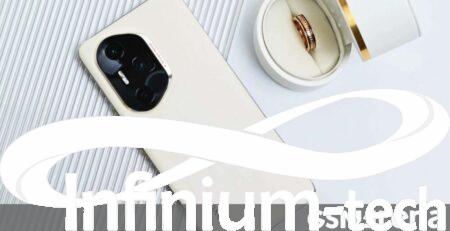
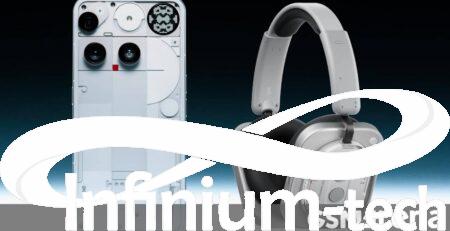

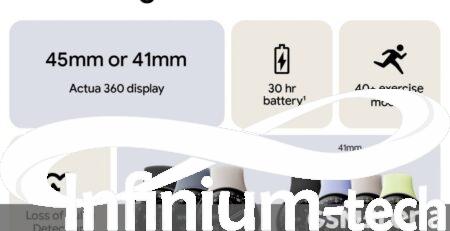
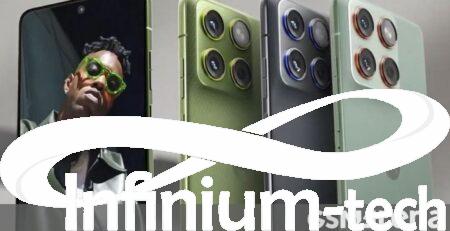
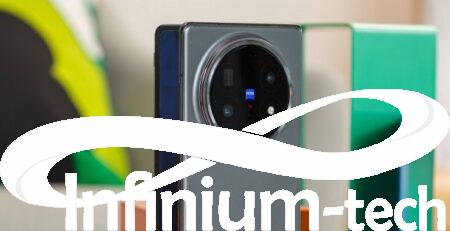
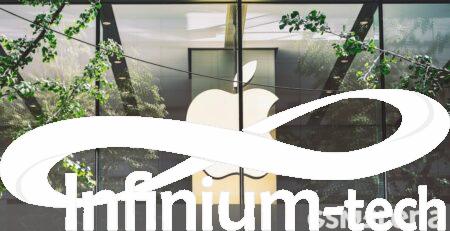
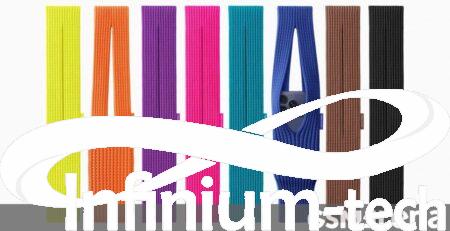

Leave a Reply